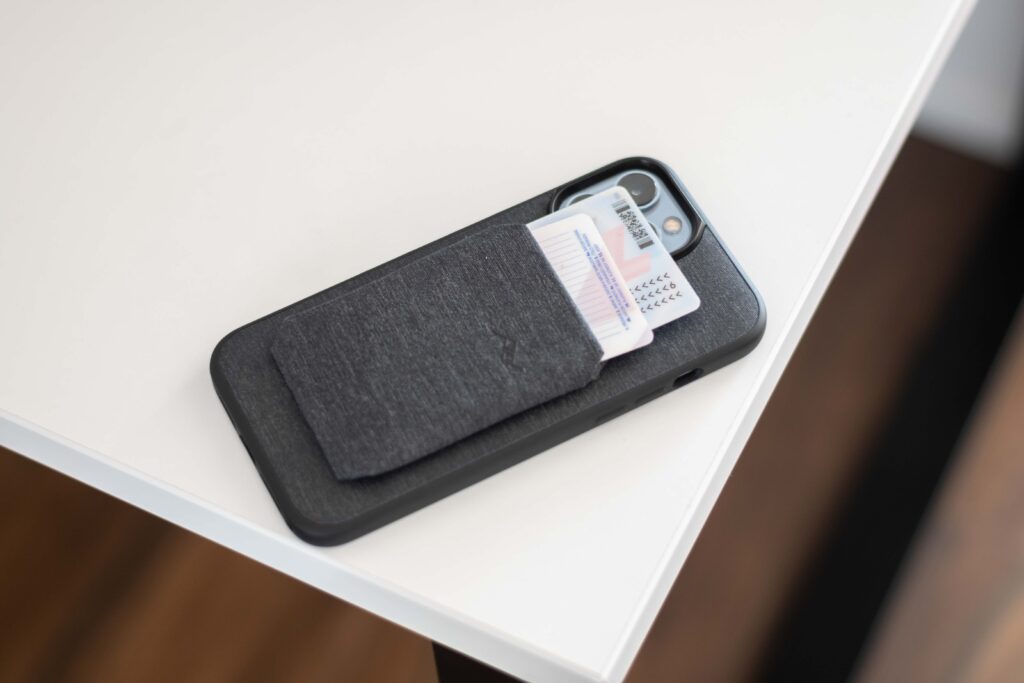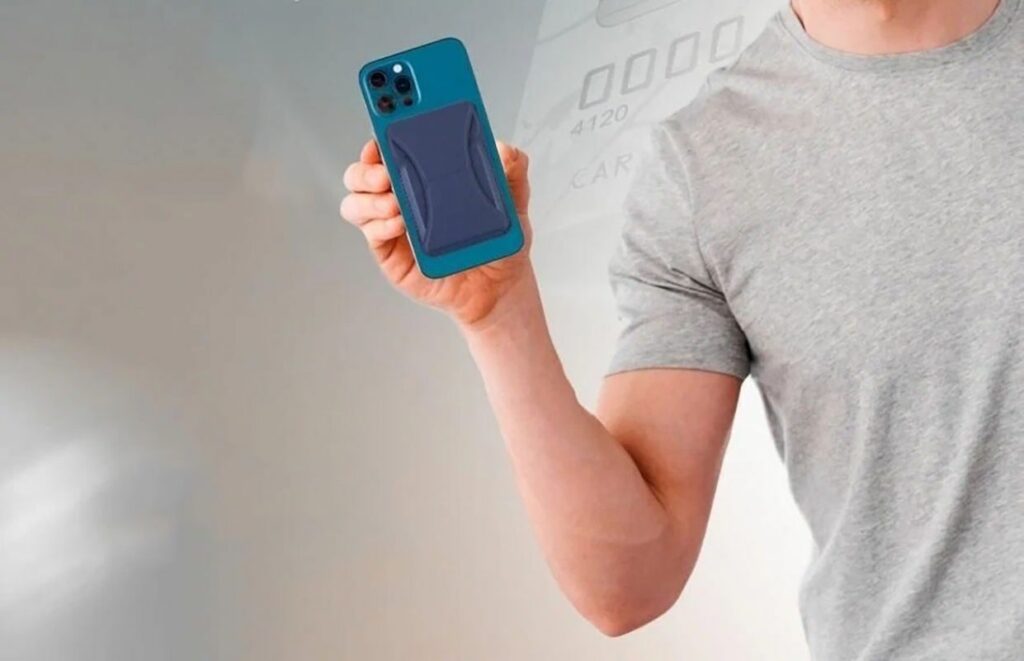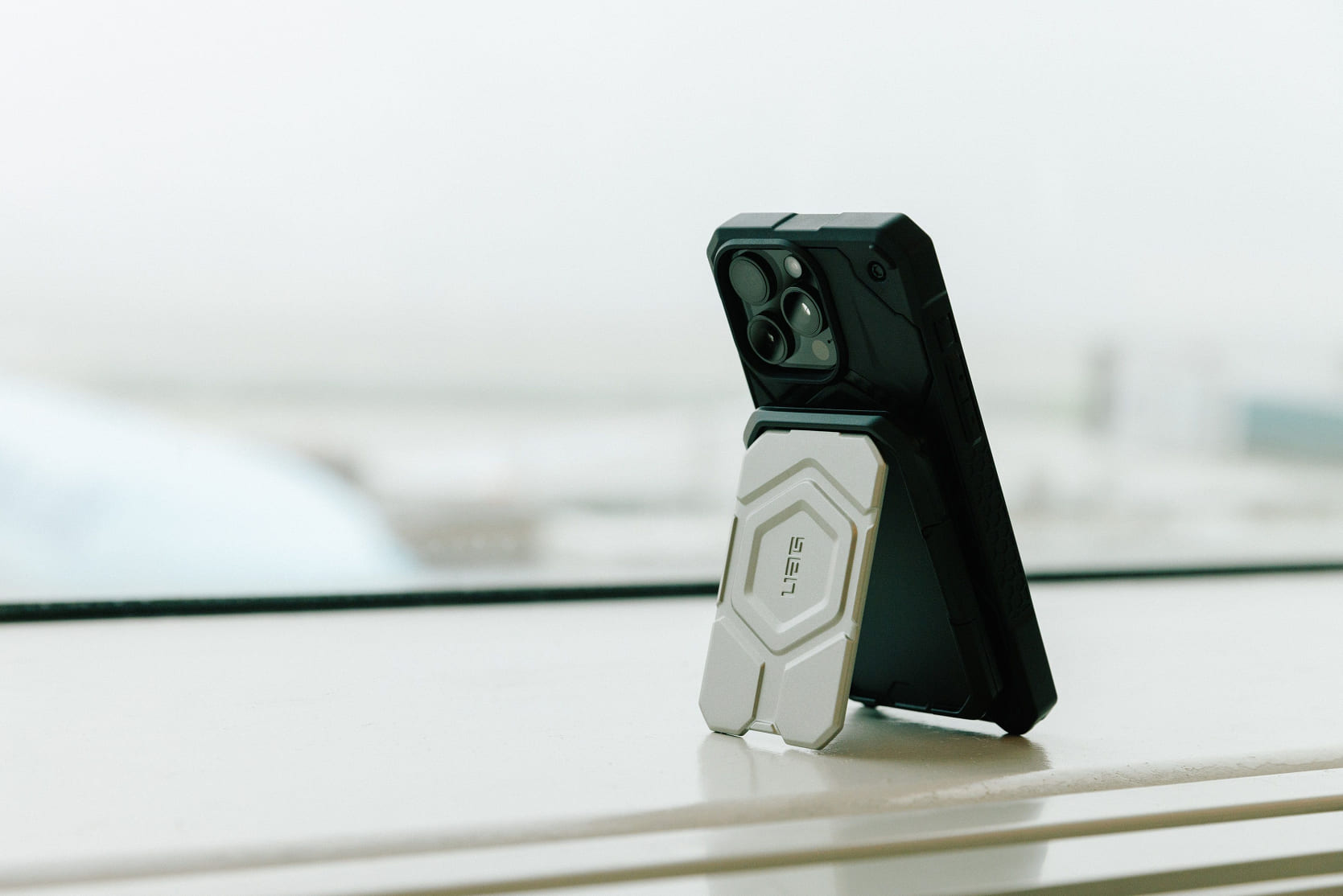A magnetic phone wallet becomes effortless when it solves three jobs without calling attention to itself: it keeps a confident grip in the hand, it guards your cards from wear and stray scans, and it doubles as a stable stand that works anywhere from a café table to a flight tray. Getting there isn’t about buying the thickest wallet or the flashiest hinge. It’s about making a few decisions up front—how many cards you truly carry, which cases and magnets pair cleanly, how you’ll retrieve a card in one motion—and then building a small routine around those choices. The payoff is immediate: fewer things in your pockets, faster checkouts, a phone that’s easier to hold, and a stand that actually holds its angle when you tap. This guide walks through a practical setup that balances capacity with grip, protects sensitive cards, and adds a tiny tracker so your essentials stay close without adding bulk or fuss.
Start with the loadout you actually need and design around quick access

The right wallet begins with clear limits. Most people are happiest with two or three cards and a single folded note: one primary payment, one ID or transit pass, and one backup card you rarely touch. That small capacity keeps thickness down so the magnets sit flat and the stand behaves, and it also makes access predictable. Put your daily card in the outermost slot with a curved cutout or pull-tab so it slides out cleanly even with gloves; keep the backup inboard so it isn’t constantly flexed. If you’ve gone fully tap-to-pay with your phone, consider swapping the second payment card for a building badge or a transit card that actually saves you minutes every day. Remove loyalty cards and punch cards that live in apps now, and scan any barcodes into your wallet app so you’re not carrying duplicates. The goal is to craft a default carry that never needs thinking: reach, pull, tap, return—done in one smooth motion without fishing or fanning.
Match magnets, case, and friction so the wallet stays put in real life
Strong coupling isn’t only about magnet pull; it’s also about shear resistance and alignment. Pair your wallet with a case that has an embedded magnetic ring so the wallet self-centers every time and resists sideways creep in a pocket. Thick, soft cases or adhesive plates can weaken alignment and invite slide; slim cases with a proper ring keep edges flush so the stand doesn’t wobble. Surface texture matters just as much as gauss numbers: pebbled leather, matte polymer, or fine micro-ridges create a friction layer between wallet and case that stops the “jeans shuffle” where the wallet shifts half a centimeter on every sit–stand. Before committing, do two simple checks. First, the pocket test: insert and remove the phone five times in one smooth motion; the wallet shouldn’t rotate or drift. Second, the desk brush: with the phone face up, nudge the wallet sideways with two fingers; if it glides easily, choose a grippier face or a case with a sharper alignment snap. When the pair locks cleanly and resists pocket torque, confidence follows you out the door.
Protect stripes, tame contactless noise, and keep cards unscuffed
Cards fail from three boring culprits: bending, abrasion, and unplanned radio chatter. A good wallet uses a stiff backing layer to limit flex when you sit, a smooth liner that won’t sand your holograms, and a thin shield panel that dampens stray fields without turning the whole wallet into a brick. Magnetic stripes are fading, but hotel keys and older access cards still get temperamental when pressed against a magnet for days; a millimeter of spacing and a divider help as much as any shield. For contactless cards, think control rather than fear: store the card so you either pull it out a centimeter to tap on purpose or shield it behind a panel so casual brush reads don’t happen. Keep embossed numbers facing inward so they don’t print into each other, and resist overstuffing—which multiplies flex, makes retrieval fussy, and ruins the stand geometry. The retrieval flow should be invisible: thumb finds the cutout, card glides, tap happens, card returns with no snagging on liners or stitching.
Demand a stand you’ll actually use in portrait and landscape
A useful stand holds steady in two worlds: a steeper portrait angle for video calls, reading, and scanning, and a lower landscape angle for watching or typing. The hinge and panel geometry should form a wide, low triangle on a table so the phone doesn’t topple the moment you swipe a notification shade. Look for firm hinge friction or detents that hold around eye-comfort angles in portrait and glare-free angles in landscape; then test with real taps, not just a gentle poke. If a stand collapses when you flick between apps or wobbles with every press, it will live folded and you’ll go back to propping the phone on a cup. Bonus points if the wallet supports a low portrait lean for handwriting or signing documents; being able to jot a quick note without a separate cradle turns the stand from a gimmick into a habit. Stability here is more about shape than thickness—a thin, well-braced panel beats a thick, spongy one every time.
Make grip and one-hand reach better, not worse
The wallet should make the phone easier to hold during a long read or one-hand scroll. Texture is the simplest win: matte leather, woven fabric, or micro-ribbed polymer gives fingertips purchase so you can relax your grip and still reach the top corner with a thumb. Rounded wallet edges prevent hot spots against the palm, and a slight concavity where your fingers land naturally improves control without adding fiddly straps. If your wallet includes a collapsible loop integrated into the stand panel, treat it as a stability assist for stairs and crowded trains, not a permanent handle; it should vanish flat when you pocket the phone. Weight matters as much as feel: unnecessarily padded wallets shift balance and fatigue your hand, while denser, thinner designs keep the center of mass near the phone. Try the reach test before buying: hold the phone by the lower half, then comfortably swipe the far top with your thumb. If the wallet’s shape and texture let you do that without clenching, it’s helping your real daily use.
Add a tiny tracker, plan for charging, and keep travel simple

A slim tracker card tucked behind the backer is cheap insurance that doesn’t add bulk when you keep capacity to two or three cards. It should nest flat, avoid pressing on chip contacts, and support a quiet “left behind” alert that triggers when you walk away without your wallet. For charging, assume you’ll remove the wallet for a puck or stand and make that gesture trivial: the best designs detach and reattach with a single, clean lift, without misalignment when you put them back. In cars, use a mount that grips the phone so the wallet stays on; magnets alone often force a daily remove–reattach routine that wears the liner. For travel days, store a backup payment method in a locked bag and use the wallet for what you tap fifty times—transit, room key, or badge—so you’re not constantly reshuffling slots at a gate. Keep a once-a-month maintenance habit: brush lint from the liner, wipe the magnet face, and check the hinge for grit. With a tracker in place, a clean detach for charging, and a stable travel routine, the wallet disappears into your day and your pockets finally feel light.

Leave a Reply